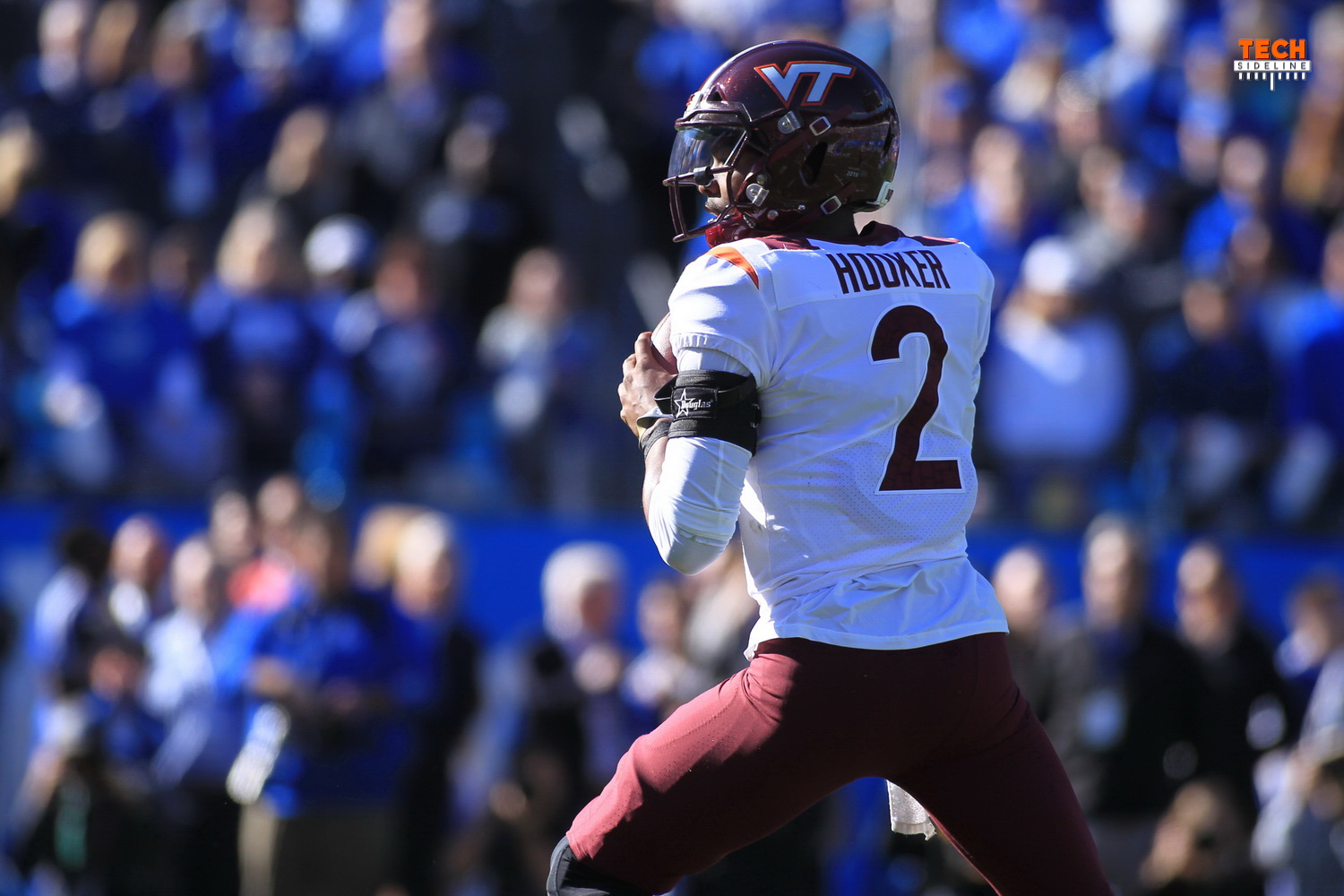
It’s been a while since we’ve talked about how quarterbacks and receivers process the passing game, so that’s what we’re looking at here. The cleanest breakdown of a QB’s mental responsibilities that I’ve come across is “PPC.” That stands for Protection, Pattern, and Coverage. If the quarterback knows how he’s being blocked for, understands the route concepts on a play call, and can figure out what defense he’s seeing and how to attack it, he should make a good decision on where to throw. Receivers follow the same responsibilities, though compared to the QB, they place more emphasis on the pattern they’re running and less on the blocking call and the coverage specifics.
When most people think of how quarterbacks run the passing game, they think of “progressions,” where the QB has a given order of receivers he looks at after the snap, and when he sees one that’s open, he throws the ball. TV analysts have traditionally focused on progressions during games, and video games going at least back to the Tecmo series have encouraged things along the same line. Less-known are “coverage reads,” where the QB decides to throw the ball by reading one or two defenders. In the modern era of football, roughly 1950 on, both have been important, though coverage reads are where the game’s evolved the most in recent years.
Progressions grew out of the drop-back game where the QB’s backwards steps gave him time to evaluate the defense and look to different receivers before getting into a position to throw. And even then, sometimes progressions don’t involve looking at the receivers—instead, the QB looks to where the receivers will run to and if he sees open grass, he makes an anticipatory throw. A coach that emphasizes progressions spends a lot of time talking about post-snap stuff like how fast a quarterback shuffles and steps so that he’s in synch with the receivers he’s reading, and every play the QB has most of the receivers as legitimate options.
If we’re technical about it, coverage reads are just as old; even Sid Gillman, one of the kings of the old-school progression game, had his QBs identify the best-located safety. But coverage reads weren’t honed until West Coast concepts emphasized picking on an isolated defender (a “monkey in the middle”) by intentionally stretching his responsibilities across two receivers. And they probably didn’t become equals to progression reads until the shotgun formation and the hurry-up game were melded.
...Subscribe to read full story
Tired of low effort articles and clickbait? So are we. Subscribe to read great articles written by a full-time staff with decades of experience.
Already a subscriber? Login Here



